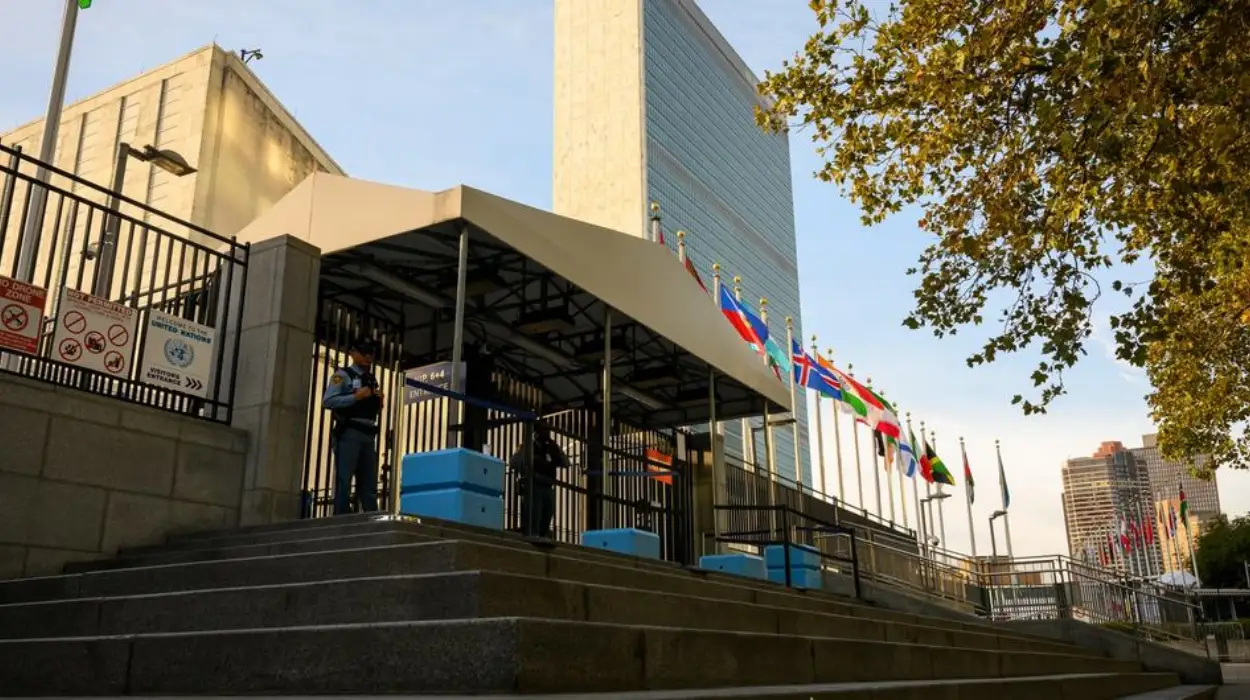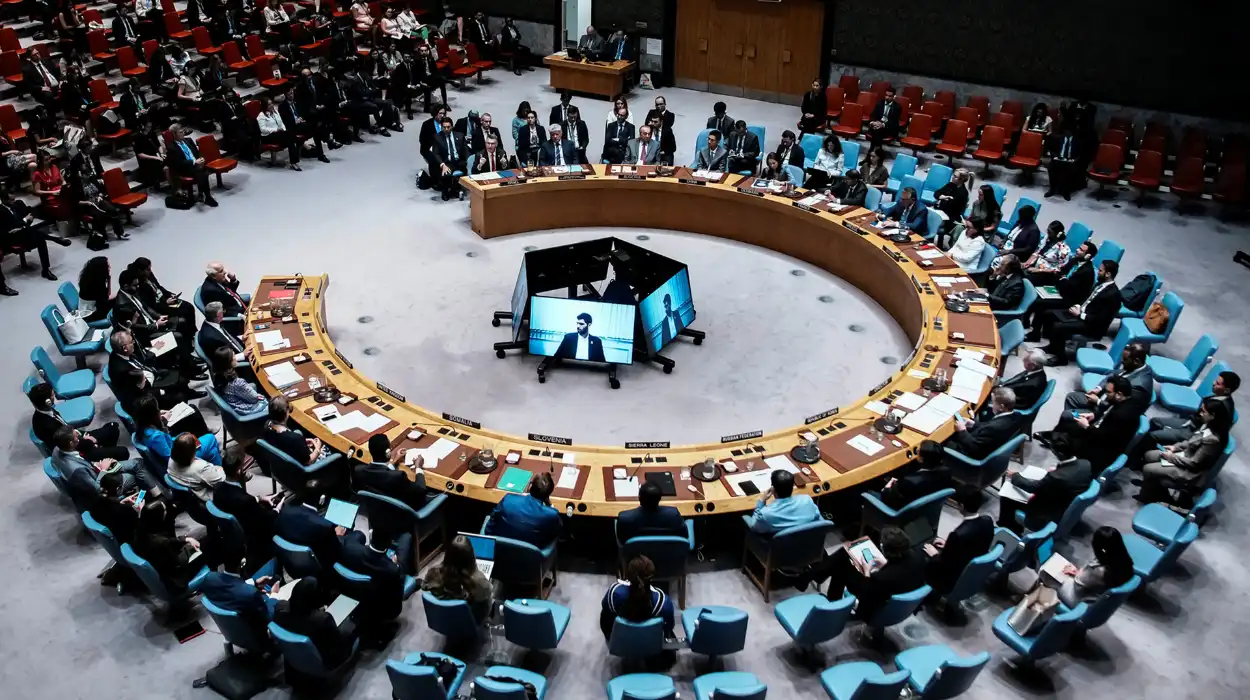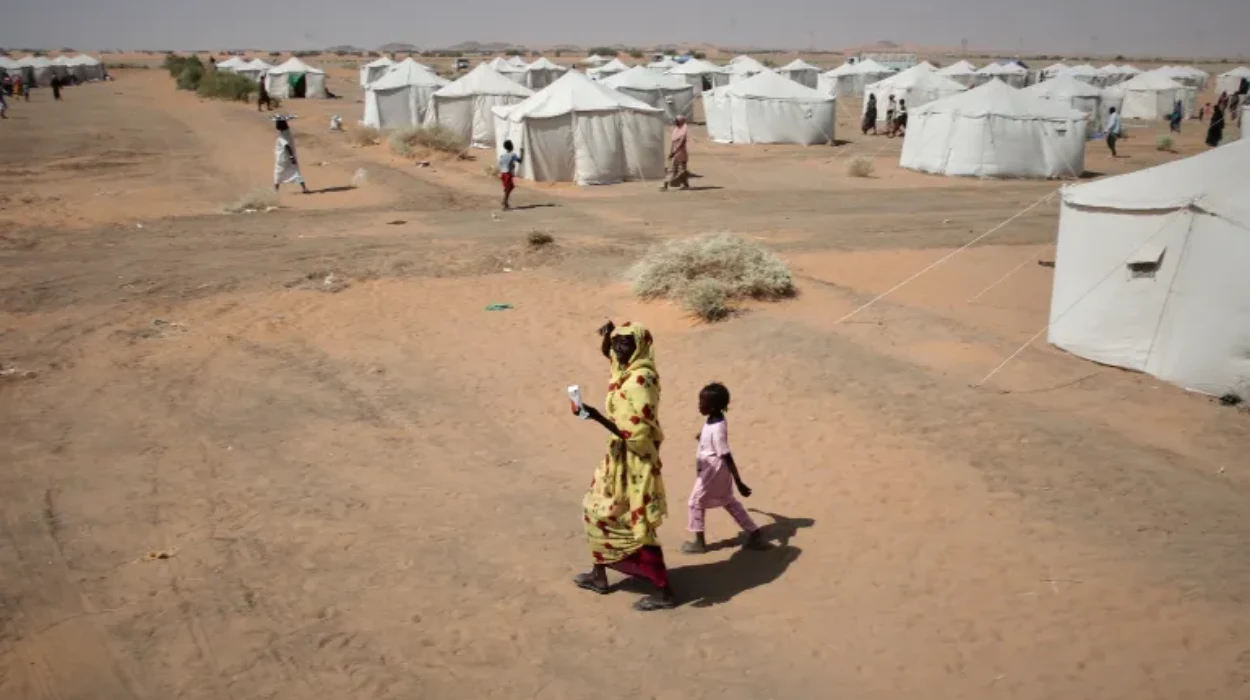The direct consequence of the growing intensity of a fuel blockade in 2025 is that Gaza is on the edge of a humanitarian collapse. What initially looked like a systematic limited deprivation has grown to becoming (almost) a full suspension of fuel supplies to cover all the spheres of life and to jeopardize the workings of aid. As 2.1 million Palestinians are locked in the enclave created because of this manufactured shortage, a weak link in protection mechanisms of the international systems has been highlighted and a far-reaching crisis, not really the military-based one, has been triggered even further.
The deliberate obstruction of fuel has transformed Gaza’s already strained infrastructure into a system at the edge of breakdown. In the absence of fuel, hospitals are going dark, water is running contaminated, and aid is stalled. Humanitarian actors have warned for months that this blockade, unless reversed immediately, will lead to thousands of avoidable deaths—not from bombs, but from power failure, disease, and hunger.
Fuel as the infrastructure of life in Gaza
Health services at a breaking point
Gaza hospitals rely solely on fuel to operate generators to keep alive emergency rooms, operating rooms, and neonatal Intensive cares. According to the reports provided by the Ministry of Health, there are only 30 percent of its facilities that have some fuel left, and many facilities simply turn off all departments. Incubators for premature infants are failing, and dialysis machines are operating at reduced capacity.
In July 2025, the UN Population Fund stated that 80% of maternity and intensive care units were at risk of closure due to fuel depletion. This is occurring in a setting where roughly 130 births take place daily. The result is a mounting wave of preventable deaths that no amount of emergency aid can resolve without a reliable fuel pipeline.
Ambulances stranded, responses delayed
There is also the paralysis of the emergency services. Now dozens of ambulances will be sitting idle and can not respond to emergency calls because of the unavailable fuel. Transportation delays on getting the injured persons out of bombardments or broken buildings imply that a large number die en route to health. The lack of fuel extends the time between injury and treatment, sometimes fatally.
A senior Red Crescent official noted in late June that their teams were
“forced to choose between cases, a decision no medical worker should have to make.”
The collapse of water and food systems
Water scarcity turning deadly
Water desalination and sewage treatment plants require steady electricity, and in Gaza that means fuel. The blockade has crippled water production, cutting access to clean water for nearly 70% of the population. Residents now rely on unsafe sources, with bottled water becoming a luxury few can afford.
As sewage systems fail, untreated waste flows into streets and the Mediterranean. Infections and waterborne diseases are rising. UNRWA reports a 40% increase in diarrhea cases among children in recent weeks, indicating the rapid health deterioration linked directly to fuel shortages.
Kitchens cold, food lines growing
Gaza’s food insecurity, already worsened by conflict and border closures, has reached a new extreme. Bakeries and communal kitchens—once feeding hundreds of thousands—have shuttered due to fuel constraints. Those still open are rationing bread, prioritizing children and the elderly.
The World Food Programme observed that even though the needs are doubled, distribution of the meal in July decreased by 80 percent compared to that experienced in January. Most of the families do cooking in open fires or burning plastics hence posing toxic emission and lasting impacts on the health of people. The hunger problem in Gaza is no longer a threat of the future but a present quantifiable and speeding race.
Humanitarian access under siege
Restricted movement and denied missions
Humanitarian operations are faltering under both fuel limits and movement restrictions. Of 15 planned aid missions into high-need areas this month, only six were approved without delay. Others faced denial or dangerous conditions, including active shelling or lack of coordination from military forces.
A spokesperson for the UN Office for the Coordination of Humanitarian Affairs stated that
“fuel denial is now one of the greatest threats to humanitarian access—not just for trucks but for the entire system.”
The cost is more than logistical. In one case, an approved medical mission reached a collapsed building two days after shelling, finding no survivors. Delay, in Gaza’s current context, means death.
Risks to humanitarian workers
Aid workers are now directly endangered. In the first week of July, five separate incidents involved strikes near clearly marked aid convoys or facilities. Several Red Crescent workers were injured while trying to retrieve bodies, with some even targeted during recovery efforts.
This environment of hostility makes continued humanitarian operation nearly impossible. Agencies warn that if fuel deliveries and guarantees of safe access are not secured, they may be forced to withdraw altogether.
Political control through humanitarian deprivation
Weaponizing scarcity
The fuel blockade functions not only as a consequence of conflict but as an instrument of policy. Israeli authorities cite security concerns regarding fuel diversion to Hamas. However, the blanket use of the blockade, and the effect it had on the civilians, begs serious legal and moral questions. Collective punishment is forbidden by international law and the widespread deprivation in Gaza is now being referred to increasingly as such by rights organizations.
The Israeli officials have not given a time frame when they would end the blockade and the few shipments they have made in the past weeks have not even sufficed to livelihood minimal daily needs. A 75,000-litre delivery over two days—far below the 500,000 litres daily minimum required—was described by UN officials as a “symbolic gesture with no real impact.”
Global appeals and accountability
In June, UN Secretary-General Antoinio Guterres cautioned
“the humanitarian crisis in Gaza is man-made and entirely preventable,”
urging parties to “uphold their responsibilities under international law.”
This individual has made a speech about the pathetic scenario on the ground in Gaza and how he just played more stress that they need fuel to run life-saving programs. The interview presents a distressing report of the humanitarian crisis and of the pleadings to international help to stop the loss of more lives:
“Gaza is apocalyptic right now,” says @UNReliefChief @TFletcher. “We are getting only a tiny fraction through of what is needed. We’re facing the specter of starvation again. Disease is rampant. Our trucks are getting looted… But we will keep trying against the odds.” pic.twitter.com/lbw0wxtzLe
— Christiane Amanpour (@amanpour) December 17, 2024Despite growing condemnation, enforcement remains weak. Western governments have issued statements of concern but few have taken concrete steps to pressure for immediate access or increased aid corridors.
Ethical imperatives in a failing system
Humanitarian law versus political realities
The Gaza fuel crisis gives international humanitarian law center-stage. There are fundamental human provisions of civilians such as health care, water, food and shelter which are being comprehensively compromised. However, the world mechanisms that exist to enforce such rights are still under the political will, which is most of the time lacking.
The attempts to create a neutral humanitarian corridor have not picked up momentum and one of the reasons is the mistrust all sides have. Aid workers argue that unless new frameworks for access are created—independent of military control—Gaza’s humanitarian collapse will continue unchecked.
The long-term consequences
This crisis has implications beyond immediate loss of life. Gaza’s children are growing up without reliable water, food, or schooling. A generation faces not just hunger, but the psychological trauma of sustained deprivation. Public health experts warn that these conditions will lead to long-term developmental and mental health disorders that will burden any future recovery.
The fuel blockade, therefore, is not only a present emergency but a future disaster in the making. Its continued enforcement all but ensures that Gaza’s crisis will outlast the current conflict.
The 2025 Gaza fuel blockade becomes one of the crises in the contemporary history of humanitarian action. It shows the cutting knife wherein politics and ethics bump into each other wherein the rationale of war supersedes the need to save human lives. Each refused fuel truck, each blackened hospital and every silenced aid mission are examples of the international system failing to safeguard the weak. Whether that failure becomes permanent depends not on declarations, but on decisive action that treats humanitarian access not as a privilege—but as a right.









